best-selling guide to sharpening your writing style
William Zinsser is professional journalist (former writer and editor on the New York Herald Tribune) who manages to express a love of writing and an appreciation of good style without ever dragging readers into the swamps of grammatical nit-picking and rule-governed instruction. In On Writing Well he expresses himself in an urbane and conversational style typical of popular magazines. This is a reassuring approach for those who want a guided tour of writing issues, held by the hand of someone experienced in the craft. It’s rather like having a writing coach at your shoulder as he talks you through what writers think and the decisions they make.
 He’s particularly alert to the fear of those who lack confidence. The first part of the book is taken up with his principal recommendations. These are to cultivate brevity and clarity, and to omit any form of ‘clutter’. He has some wonderful examples of equivocation, ambiguity, and deliberate obfuscation drawn from American public life – including such gems from Alexander Haigh as “at this juncture of maturization” [that is ‘now’] and “We must push this to a lower decibel of public fixation. I don’t think there’s much of a learning curve to be achieved in this area of content.”
He’s particularly alert to the fear of those who lack confidence. The first part of the book is taken up with his principal recommendations. These are to cultivate brevity and clarity, and to omit any form of ‘clutter’. He has some wonderful examples of equivocation, ambiguity, and deliberate obfuscation drawn from American public life – including such gems from Alexander Haigh as “at this juncture of maturization” [that is ‘now’] and “We must push this to a lower decibel of public fixation. I don’t think there’s much of a learning curve to be achieved in this area of content.”
He then covers the means by which this clarity is to be achieved. It involves, logically enough, choosing your words carefully, and developing a unity of approach and subject matter.
The third part of the book deals with different forms of writing – such as reportage, interviews, and travel writing. It also covers scientific writing, business and even sports. These chapters are aimed at aspiring journalists, but there’s much to be learned from such details as his sharp-eyed analysis of the travel cliché: ‘villages nestling‘ and ‘byways half-forgotten‘:
Half the sights seen in a day’s sightseeing are quaint, especially windmills and covered bridges
The latter part of the book relaxes into its real subject – journalism – on which Zinsser speaks with feeling about its craft and techniques. In fact he ends by giving a paragraph-by-paragraph account of writing a travel article, explaining the subject options, the choice of vocabulary, and the strategies of approach which he tried and rejected. There’s a certain amount of patting himself on the back after-the-event in this, but aspiring writers might find it interesting to be taken through the generation of a piece of work in this way.
At its best, this approach will make readers sensitive to the effects they produce, and at its weakest it’s like a well-written guidebook on ‘How to Write Stories for Magazines’. But on balance, more people are likely to improve their writing by becoming conscious of rhythm and structure than are likely to fall into the abyss of verbal entertainment which fails.
© Roy Johnson 2006
William Zinsser, On Writing Well: The Classic Guide to Writing Nonfiction (6th edn), New York: Harper, 2006, pp.336, ISBN: 141775057X
More on writing skills
More on language
More on dictionaries


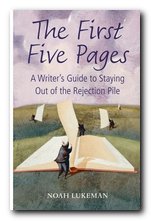
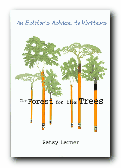
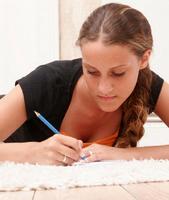 His method in each chapter is to launch the topic theoretically (Knowledge, Writing Strategies) then discuss empirical and anecdotal evidence, and finally inspect the scientific research. Some of the results are of the uninspiring ‘47% did, 53% didn’t’ variety, but the result is commendably thorough. He draws on many types of writing for his examples, yet keeps coming back (for understandable reasons) to creative writing. Why then in the attempts to ‘measure’ or explain quality in writing didn’t the exceptions to his claims not occur to him? Yes – most writers need long and hard-earned experience, and practice and skill development. But how does one explain the Rimbauds, Chattertons, and Keats of this world who were producing masterpieces at an age when the rest of us were struggling with our ‘A’ levels?
His method in each chapter is to launch the topic theoretically (Knowledge, Writing Strategies) then discuss empirical and anecdotal evidence, and finally inspect the scientific research. Some of the results are of the uninspiring ‘47% did, 53% didn’t’ variety, but the result is commendably thorough. He draws on many types of writing for his examples, yet keeps coming back (for understandable reasons) to creative writing. Why then in the attempts to ‘measure’ or explain quality in writing didn’t the exceptions to his claims not occur to him? Yes – most writers need long and hard-earned experience, and practice and skill development. But how does one explain the Rimbauds, Chattertons, and Keats of this world who were producing masterpieces at an age when the rest of us were struggling with our ‘A’ levels?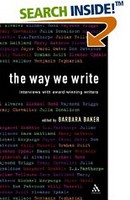

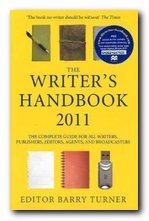
 The Writers’ & Artists’ Yearbook
The Writers’ & Artists’ Yearbook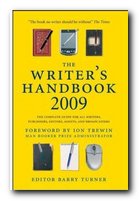 The Writer’s Handbook
The Writer’s Handbook The Guardian Media Directory
The Guardian Media Directory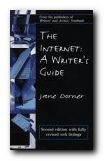 The Internet: A Writer’s Guide
The Internet: A Writer’s Guide Writers’ Questions and Answers
Writers’ Questions and Answers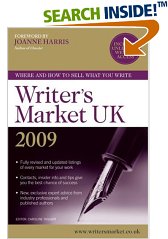 Writer’s Market UK 2009
Writer’s Market UK 2009